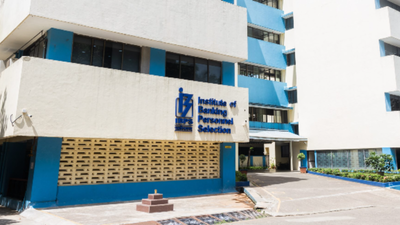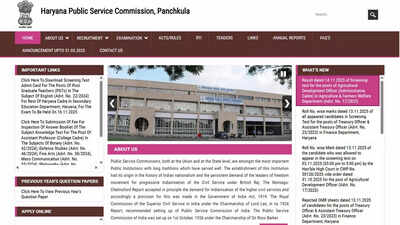Doubling square trick: A simple shortcut for mental math

Struggling with mental math? Students from class 6 to 10 now have a clever way to simplify tricky multiplication problems. The “doubling square” method turns large or complex calculations into quick, manageable steps. By learning to double and square numbers strategically, pupils can solve problems faster, boost confidence, and improve their overall number skills—all without relying on calculators or lengthy written work.The trick works by breaking down difficult calculations into smaller, more digestible parts. Rather than attempting to multiply large numbers directly, students learn to double and square numbers in sequence, making mental maths significantly easier.How the technique simplifies multiplicationThe doubling square method relies on a fundamental algebraic principle. When multiplying two numbers that differ by two, students can use the formula (n-1) × (n+1) = n² – 1. This means multiplying numbers on either side of a middle value becomes simpler than traditional methods.For example, calculating 19 × 21 might seem daunting at first glance. However, recognising that both numbers sit one away from 20 makes the problem straightforward. Students square 20 to get 400, then subtract 1, arriving at the answer of 399. The method eliminates the need for lengthy written calculations or complex mental gymnastics.Practical applications across different number rangesThis technique proves particularly useful for numbers ending in 9 or 1. Calculating 29 × 31 follows the same pattern: square 30 to get 900, subtract 1, and reach 899. The method works equally well with smaller numbers, making 8 × 10 as simple as squaring 9 and subtracting 1 to get 80.Students can extend this approach to larger calculations as well. Problems like 49 × 51 or 99 × 101 become manageable using the same principle. The consistency of the method means pupils can apply it across various numerical ranges without learning multiple different techniques.Building confidence in mental arithmeticMathematics teachers report that students gain significant confidence once they master this shortcut. The technique reduces anxiety around mental calculations and helps pupils tackle problems more quickly during examinations. Students no longer need to rely solely on calculators or lengthy written methods for certain multiplication tasks.The method also strengthens understanding of number relationships and algebraic patterns. By recognising how numbers interact with their neighbours, students develop deeper mathematical intuition. This foundational knowledge supports more advanced concepts they will encounter in higher-level mathematics courses.Practising the doubling square method regularly helps students improve their overall numerical fluency. The technique works best when students first ensure they can quickly square common numbers between 1 and 100, as this forms the basis for all subsequent calculations using this method.






